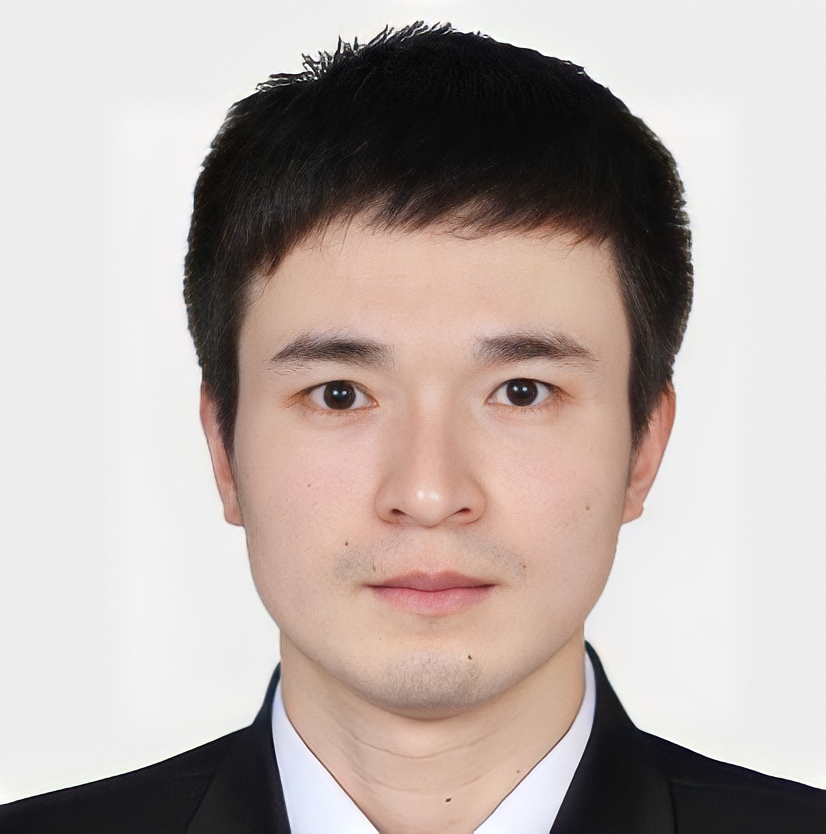Session Details
Session 1: Global Strategic Outlooks
The global energy markets have been stressed by geo-political events, logistical bottle necks and ultimately this has resulted in higher price volatility. Economies around the world have also struggled to emerge and escape the shackles of the events of the last few years. Is this the new normal and what can we expect from economies and energy markets globally in the future?
Slow demand recovery, escalating feedstock costs, and excess capacity are overshadowing olefin production economics in Asia. While North American ethane cracker expansions slow in the coming years, mainland China continues its aggressive capacity expansion. A second wave crackers, alongside numerous on-purpose olefin projects, is currently unfolding. It’s evident that traditional drivers like low self-sufficiency, robust demand growth, or strong margins aren’t behind these expansions. In this key session we will assess the impact of new Asian capacity, against the backdrop of moderate demand growth.
Session 2: Global Market Impacts
The ABS industry is facing a glut of new supply in Asia, while elsewhere in the world demand growth has stalled. The insatiable appetite for ABS products post-pandemic has stalled. Is ABS growth set to return, and what does the future look like for producers?
The ABS industry in China is oversupplied, the imbalance between high production and lower than expected demand can lead to reduced prices, excess inventory and financial strain on producers. The focus of this presentation is to recommend strategies to help counter the present crisis towards adapting to changing market conditions and consumer preferences.
Nitrile Rubber and Nitrile Latex markets have been higher profile than normal in recent years. However, that is not necessarily a positive development. Nitrile rubber is valued for its high temperature and solvent resistant capability. This makes it attractive for underhood automotive applications. Nitrile latex is primarily used to produce dipped goods, especially exam gloves. Demand for nitrile rubber has been under pressure from weaker automotive production. Demand for nitrile latex surged during the pandemic. However, the future for both is uncertain. In this presentation we will consider the drivers for these two similar yet so different commodities with the intent of helping market participants position themselves for maximum future success.
Limited benzene supply due to strong gasoline market, lower cracker operations and reduced PX production amid ongoing benzene derivatives investment in mainland China led to a tight benzene market. In addition, steady import demand from the United States has also supporting benzene prices and pressured economics of major benzene derivatives. The styrene market is suffering from oversupply and negative margins as a result of massive capacity additions added in the last several years. This presentation will explore the short term outlook for the Asian benzene and styrene market.
Session 3: Acrylonitrile Regional & Industry Perspectives
The global acrylonitrile industry has undergone a significant change in recent history due to shifting demand patterns and growing supply in Asia. Margins have been squeezed along the value chain and companies are having to rethink their long-term strategies. In this presentation we will evaluate the current state of industry, and an outlook for the future.
Over the last decade China has been gaining prominence in the acrylonitrile world as both the largest producer and consumer. The pace of capacity additions has accelerated in recent years, while demand has not kept pace. In this presentation we will evaluate the impact of the latest capacity additions, as well as those still in the pipeline for 2025 and beyond. In addition we will review the status of downstream derivative demand, and the current, and future trade expectations in the Asian region.
This presentation looks at the global ammonia industry landscape and the demand outlook for the main end-use applications, both current and future uses. It analyses the potential for green/blue ammonia and the role ammonia could play in the marine sector.
Supply in Asia has been added at an unprecedented rate, and this has had consequences in Asia, and beyond. How do producers find their niche and survive in a competitive market space, and what is the outlook for the future?
Session 4: Butadiene Markets
The global butadiene markets have experienced a great deal of volatility over the past few years. The impact of COVID and its uneven recovery has resulted in some truly unique market conditions. However the pandemic is officially over yet challenging market conditions persist. In this presentation we will consider the short term volatility of the market and how it will transition into calmer conditions in the medium term. However, in the longer term, significant market disruption is in store.
Europe has historically been a major exporter of butadiene and butadiene derivatives to Asia and North America, as supply of C4 in Europe from mostly naphtha-fed steam crackers has structurally exceeded domestic demand levels. Global oversupply of ethylene, butadiene, and various other chemicals and polymers following the major capacity expansions in other regions, particularly in mainland China and the United States, is driving rationalization of the European petrochemical industry. As export demand is declining at the same time, the European butadiene industry faces a period of declining demand and decreasing supply. What will happen during the transition from Europe’s role from major global supplier to minor regional player? What will the market balance be after the supply and demand reductions?
Synthetic Rubber markets have been under pressure from many sources for a number of years, even before COVID. These commodities are critical for modern day living, yet compressed margins make it difficult for producers to survive.
Massive butadiene capacity has been already added in Asia, driven by mainland China, more than enough to meet global demand for the next several years. However, capacity additions will continue with the second wave of cracker investments in mainland China as well as several others around the globe. A period of low butadiene margin has already started amid overcapacity in Asia, and the market is more challenging than ever before as the world is looking for destinations for surplus supply. What can be done? Endure a low margin period until conditions improve, but when or even if will that happen? In this presentation, we will navigate through the long term butadiene market in Asia to find the answer.
William Chen, PhD
Vice President, Asia Olefins and Derivatives Chemical Market Analytics by OPIS
Read BioBill Hyde
Vice President, Olefins and Elastomers Chemical Market Analytics by OPIS
Read BioToshihito Kita
General Manager, Acrylonitrile Global Marketing Asashi Kasei Corporation
Read BioRemko Koster
Executive Director, EMEA C4 Olefins Chemical Market Analytics by OPIS
Read BioBrian Lee
Executive Director, Asia Benzene & Styrene Chemical Market Analytics by OPIS
Read BioSteve Lewandowski
Vice President, Global Olefins & Derivatives Team Lead Chemical Market Analytics by OPIS
Read BioKevin Longworth
Executive Director, Global Acrylonitrile Chemical Market Analytics by OPIS
Read BioCharlie Powell
Asia Pacific Eco Product Manager INEOS Styrolution
Read BioAshish Pujari
Vice President, Asia Aromatics & Fibers Chemical Market Analytics by OPIS
Read BioCarl Roache
Director, Ammonia and Urea Chemical Market Analytics by OPIS
Read BioDaniel Siow
Director, Styrenics Polymer (Asia) Chemical Market Analytics by OPIS
Read BioAnthony Song
Executive Director, Asia C4 & Elastomers Chemical Market Analytics by OPIS
Read BioLujia Wang
Associate Director OPIS, a Dow Jones Company
Read BioZengwei Yin
Principal Research Analyst, China Olefins & Acrylonitrile Chemical Market Analytics by OPIS
Read Bio














